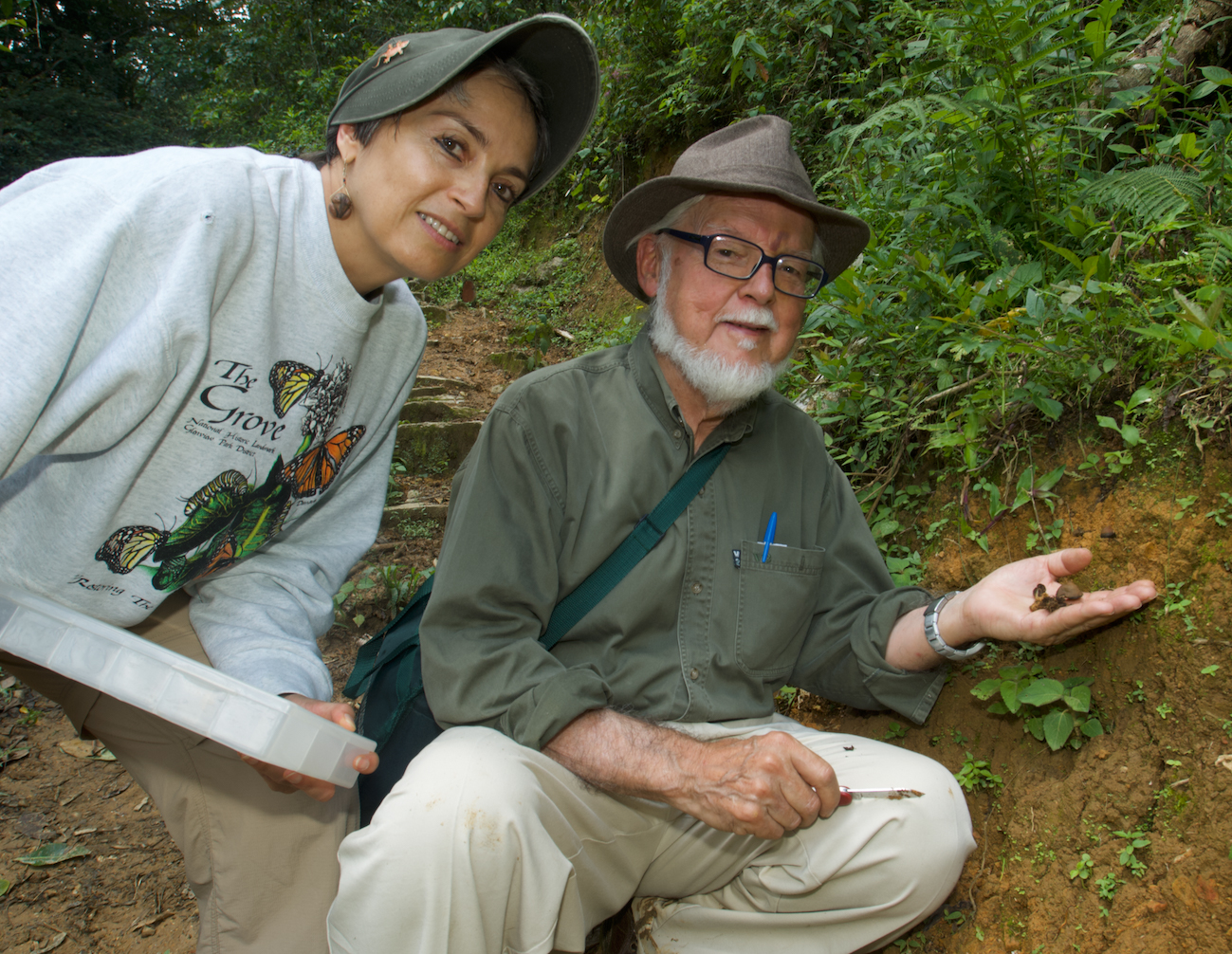By Salem S. Hunter, Tristen J. Pasternak, Amanda M. Chandler, Laura Briscoe
Oct 13 2022
The Caribbean, Central America, and South America have long been geographical focal points of botanical collections held in NYBG’s Steere Herbarium. Though more recent efforts have focused on decentralizing natural history collections, such assemblages are rooted in European colonialism by way of sending North American and European collectors to retrieve specimens and artifacts from Latin American countries. The traditional understanding of plants in Latin America extends from historic, cultural, and ancestral knowledge of regional flora. One byproduct of the colonial exploration for Latin American botanical collections is the emphasis and imposition of Linnaean-esque organismal classifications. The Linnaean system of taxonomic classification is one of many frameworks for understanding the natural world, and such archives classifying flora and fauna prioritize a Eurocentric scientific organization of life.
Many such European and North American expeditions into other parts of the world were made possible and facilitated by people of local Indigenous groups, though the names of such contributors were historically seen as unimportant and often omitted from any records. Due to these expeditions being temporary travels, European knowledge of botany within Latin America has historically had more of an emphasis on self-education among those beginning in the field. Here, we would like to highlight some Latin American researchers who have made ample contributions to the field of cryptogamic botany with their collections and analyses of mosses, liverworts, ferns, fungi and lichens. The 7 specialists highlighted below have collections in the Steere Herbarium, however, they do not reflect the extent of past and current botanists in all of Latin America.

